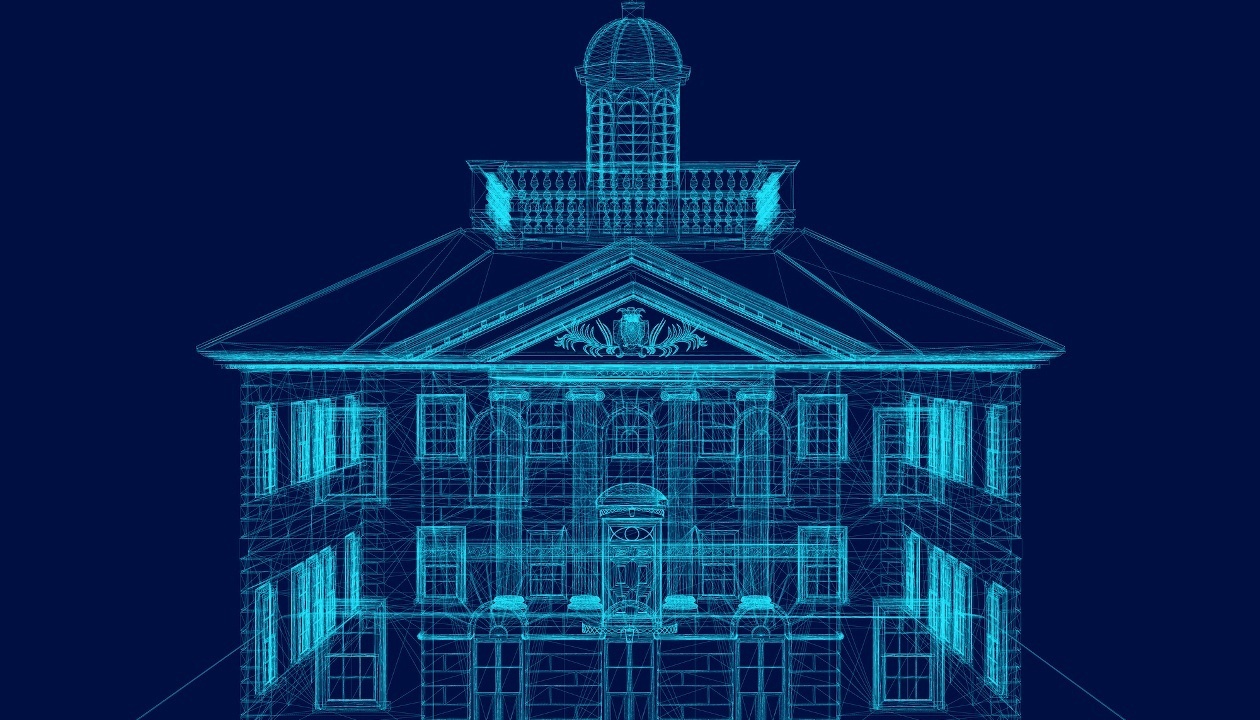In the early phases of a new building, renovation, or infrastructure project, creating designs that reflect client goals is a primary concern. What makes the achievement of a comprehensive design that satisfies clients possible? One of the most important aspects of this phase and every phase of an architectural or engineering project is communication.
However, the management of communication is often a low priority for architects or engineers who want to focus on design details and technical elements of a project. This is one way in which the use of building information modeling (BIM) and BIM specialists are becoming more important. The possibilities for communication through BIM open up new options for making projects run more efficiently in the short and long term. Keep reading to find out more.
Use BIM Technician Training for Cloud-Based Information Management
Throughout a BIM technician career, face-to-face communication will continue to be important, but the possibilities for connecting and collaborating over the cloud are significant. As you know, the “I” in BIM stands for “information,” and the relevant point here is that this information is shareable and even more so with could-based management.
For example, instead of writing several different versions of an email to communicate a design change with contractors, clients, and other stakeholders, everyone can access the information they need—from environmental data to the production schedule—through the project’s BIM. When everyone has access to the same information, it allows for greater transparency and trust because no details are lost to inefficient communications.
Impressing Clients and Improving Outcomes
How does an architecture or engineering team convey their ideas and design solutions to clients and stakeholders? Typically this process involves drawings, models, and other explanatory documents. When you have the opportunity to apply BIM technician training, it will become clear that client communication can be enhanced by BIM.

According to the director of one firm, BIM is “the best way to communicate a design and provide superior engineering design services.” The BIM process supports the communication of more thorough information without bogging the client down with technical details. The project’s BIM can include everything from building materials to energy costs. This means that the client’s expectations can be addressed more efficiently throughout the lifecycle of the project, and changes can be implemented with greater control.
Budget Communications
Building information modeling courses provide training that is relevant to architectural and engineering design projects. Furthermore, the main characteristic of BIM project communication that sets it apart from other project modeling strategies is efficiency. It follows then that the budgets for BIM projects will be more predictable and less likely to greatly increase due to poor communication.
It is almost inevitable that the first design for a project will undergo changes as collaborators contribute their expertise to the design. Architects may want a certain element only to find out that the materials for it are not available at a price within budget. With BIM, time and resources will not be wasted because this information will be communicated and addressed before construction starts. That is, BIM communications allow time for adjustments without extra costs.
Ready to step into a brighter future?
Your career awaits.



